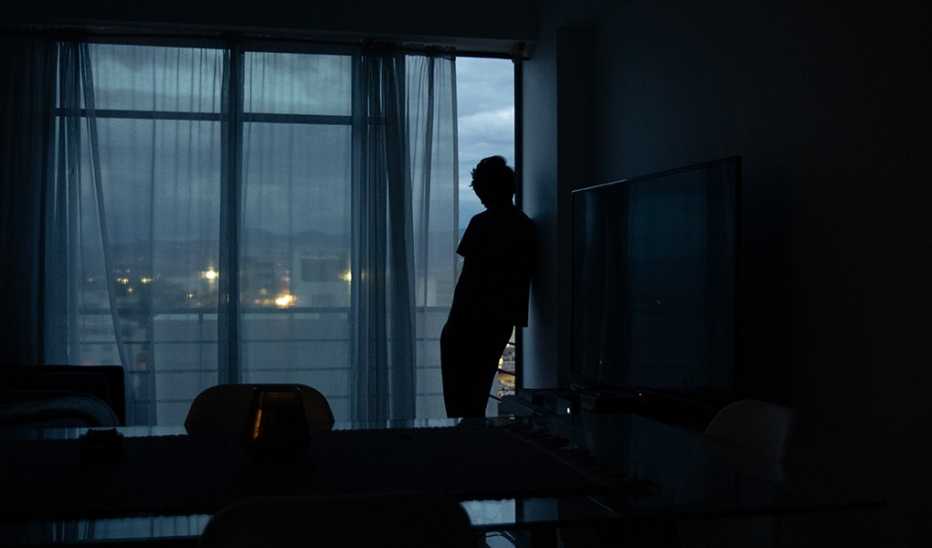Challenges


Quick Win
When sleep eludes you — at bedtime or in the middle of the night — try getting out of bed.
Try This Today
- Break the pattern. If you’ve been in bed for 20 minutes or more without falling asleep, get up. This may be the last thing you feel like doing, but staying in bed while struggling to sleep can reinforce insomnia.
- Relocate. Leave your bedroom and go into a different room in your home, keeping the lighting dim and screens off.
- Do something relaxing — or boring. To take your mind off sleep without getting overstimulated, do a rote task such as folding laundry or sorting mail — or something soothing, such as listening to music, stretching or doing a visualization or breathing exercise. Reading is a good option, but steer clear of thrillers, mysteries and other exciting stories.
- Get back in bed. When you feel sleepy, get back in bed, make sure the room is dark and let yourself drift off.
- Talk with your doctor if your sleep trouble persists.
Why
Strengthening the brain’s connection between being in bed and sleeping is key to resolving insomnia, according to sleep clinicians. The “gold standard” treatment for sleep problems — known as cognitive behavioral therapy for insomnia, or CBT-I — includes a component known as stimulus control, which is all about breaking associations that hinder sleep and forging ones that help it. To this end, sleep specialists recommend using your bed only for sleep and sex, and breaking the habit of lying in bed while unable to sleep. A 2023 review of 11 studies found that stimulus control was an effective treatment for insomnia, especially for those who have a hard time falling asleep initially.










More From Staying Sharp
How Writing Can Help You Heal
Process your emotions by writing them down
Stay Hydrated to Support Brain Health
Use these simple strategies to keep track of your fluid intake
6 Ways to Find Your Purpose
What matters to you?